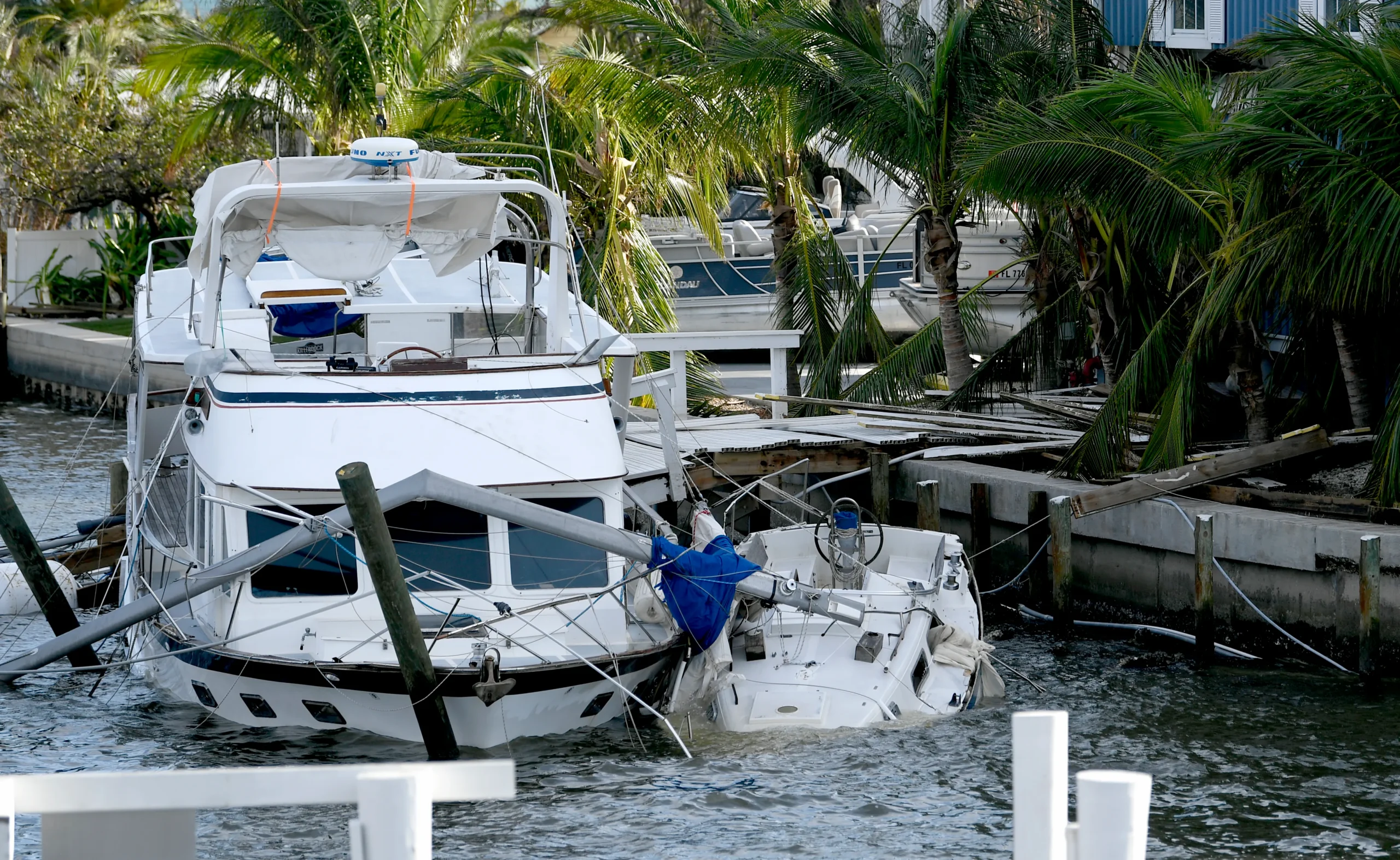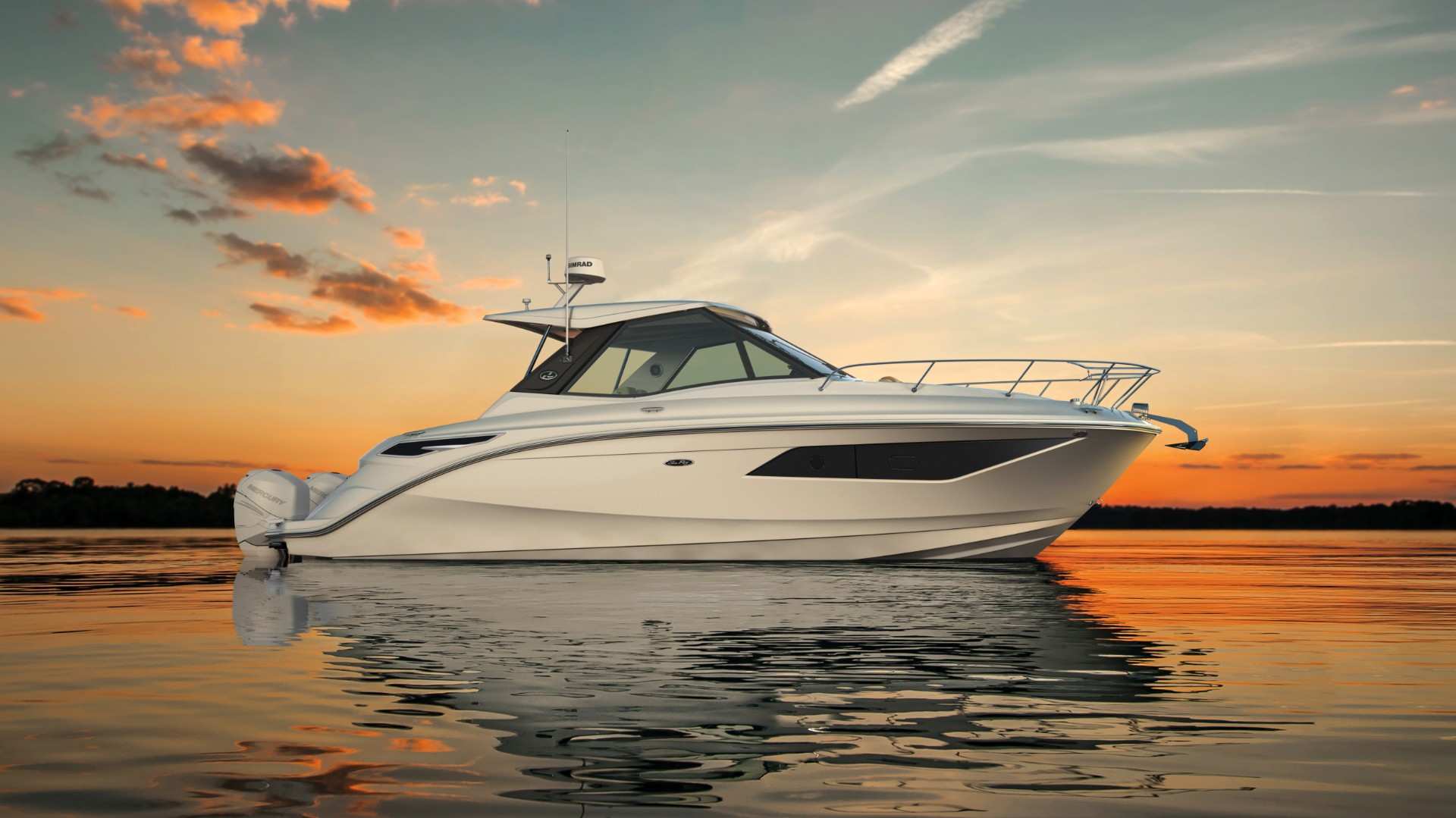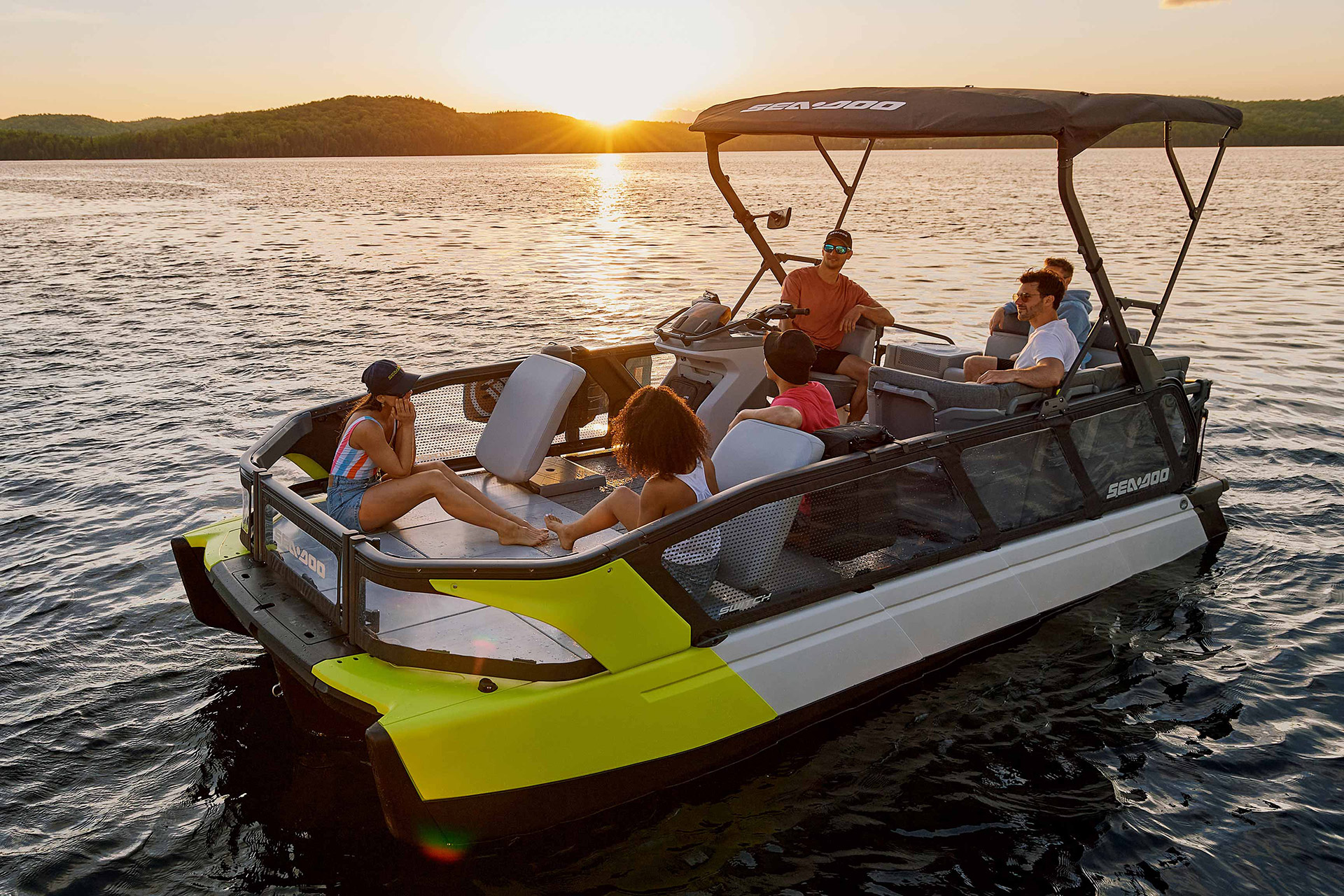What Should You Do If You Fall Overboard Into Cold Water? Quick Survival Tips
Cold water can be scary if you fall in. It's tempting to panic, but staying calm is key. Your body will react in ways you might not expect.

If you fall into cold water, don't panic. Try to control your breathing and hold onto something or stay still until you can breathe normally. This helps you avoid gasping and inhaling water. It's the first step to staying safe.
The next few minutes are critical. You need to get out of the water fast or find a way to keep warm. Wearing layers can help insulate your body if you end up in cold water. But there's more to know about surviving this dangerous situation.
Understanding Cold Water Risks
Falling into cold water can be deadly. The body reacts in several ways that can quickly lead to drowning or other serious problems. Let's look at the main risks of cold water immersion.
Cold Shock Response
When you first hit cold water, your body has an extreme reaction. You might gasp and start breathing really fast. This is called cold shock.
Your heart rate speeds up. Blood pressure rises sharply. You could breathe in water by accident.
The cold shock lasts about a minute. It's very dangerous. Many people drown in this first minute.
Try to stay calm if you fall in. Focus on controlling your breathing. Hold onto something if you can.

Immersion Hypothermia
After the initial shock, the body starts to lose heat fast. This leads to hypothermia.
Cold water pulls heat from the body 25 times faster than air. Even strong swimmers struggle as muscles get cold.
Signs of hypothermia:
- Shivering
- Confusion
- Slurred speech
- Weak pulse
In very cold water, a person might only last 15-30 minutes before passing out.
Post-Rescue Collapse
The danger isn't over after rescue. People can still die even after being pulled from the water.
As the body warms up, cold blood from the limbs moves to the heart. This can cause the heart to stop.
Rescuers need to be careful when moving someone. Rough handling can trigger this collapse.
Gentle warming is key. Remove wet clothes. Use blankets. Get medical help fast.
Immediate Actions to Take
Falling into cold water can be scary, but staying calm and taking quick action is key. These steps can help boost your chances of survival until rescue arrives.
Combatting Panic
When you hit cold water, your body may react with shock. Take slow, deep breaths to calm down. This helps you think clearly and act fast.
Try to stay still at first. Moving too much can make you lose body heat faster. Once you're calmer, focus on floating.
If you have a life jacket on, great! If not, look for something that floats nearby. A cooler, oar, or even a large piece of trash can work. Grab onto it to help you stay above water.
Heat Escape Lessening Posture (HELP)
The HELP position can slow down heat loss in cold water. Here's how to do it:
- Cross your arms tightly against your chest
- Pull your knees up to your chest
- Squeeze your legs together
This pose helps trap warm water near your body's core. It can buy you precious time while you wait for rescue.
If there are others in the water with you, huddle together. This can help share body heat.
Flotation and Signaling for Help
A life jacket is your best friend in cold water. It keeps you afloat and helps you save energy. If you don't have one on, look for anything that can help you float.
Once you're stable, start signaling for help. Wave your arms and yell if you see or hear people nearby. If you have a whistle, use it. The sound carries farther than your voice.
At night, use any lights you have. A waterproof flashlight or even the glow from a watch face can catch someone's eye.
Keep moving your arms and legs gently. This helps blood flow and slows down heat loss. But don't thrash around - that wastes energy and can make you lose heat faster.
Preparation and Prevention Strategies
Being ready for cold water emergencies and avoiding them in the first place are key. Smart boaters take steps to stay safe before they even get on the water.
Wearing a Proper Fitting PFD
A personal flotation device (PFD) is crucial for cold water safety. It keeps you afloat and helps conserve energy. Pick a PFD that fits snugly and suits your activities. For cold water, choose one with extra insulation.
Look for bright colors to make you easy to spot. Test your PFD in shallow water to make sure it works right. Always wear it when on board - don't just keep it nearby.
Some modern PFDs have extras like whistles or reflective strips. These can be handy in emergencies. Remember, the best PFD is the one you'll actually wear.
Dressing for Survival
Layered clothing is a boater's best friend in cold conditions. Start with a base layer that wicks away sweat. Add insulating layers to trap warm air. Top it off with a waterproof outer layer.
Wool and synthetic fabrics work better than cotton. They keep you warm even when wet. Don't forget a hat and gloves - they help prevent heat loss.
Some boaters use dry suits or wet suits for extra protection. These specialized garments can buy precious time if you end up in cold water.
Understanding Capsizing Dynamics
Knowing how boats capsize helps prevent accidents. Small boats are more likely to flip in rough water or if weight isn't distributed evenly. Always check weather forecasts before heading out.
Practice getting back into your boat from the water. It's harder than it looks, especially in cold water. Some boats have special features to make reboarding easier.
If your boat does capsize, try to stay with it. It provides flotation and makes you easier to find. Climbing onto the hull can help you get out of the cold water faster.
Long-Term Survival Considerations
Staying alive in cold water requires smart tactics. Here are key ways to boost your chances of survival until help arrives.
Maintaining Dexterity
Cold water quickly numbs hands and feet. This makes it hard to grab things or stay afloat. To keep dexterity:
- Move fingers and toes often.
- Tuck hands under armpits when not in use.
- If possible, keep gloves on.
Wiggle fingers inside gloves to keep blood flowing. Try to keep hands above water as much as you can. This slows heat loss.
Conserving Energy and Heat
Saving energy is crucial for lasting longer in cold water. To conserve heat:
- Adopt the Heat Escape Lessening Posture (HELP).
- Cross arms over chest.
- Pull knees up to chest.
- Keep head above water.
If in a group, huddle together. This cuts down on heat loss. Don't swim unless a safe spot is very close. Swimming uses up energy fast and speeds up cooling.
Staying Afloat Until Rescue
A life jacket is key for staying afloat long-term. It keeps your head above water with less effort. If you don't have one:
- Look for floating objects to hang onto.
- Use the backstroke to conserve energy.
- Take deep breaths to help with buoyancy.
Try to stay calm. Panic wastes energy and heat. Focus on floating and breathing steadily. Remember, help is coming. Your job is to last as long as possible.
Recovery and Aftermath
Getting out of cold water is just the start. What happens next can be tricky and even dangerous if you're not careful. Let's look at some key things to watch out for.
Handling Post-Immersion Vertigo
After being in cold water, you might feel dizzy. This is called post-immersion vertigo. It can make you feel like the world is spinning.
Standing up too fast can make it worse. It's best to move slowly at first. If possible, sit or lie down until the feeling passes.
Vertigo can last for a while, so it's smart to have someone nearby. They can help if you lose your balance.
Preventing Long-Term Injuries
Cold water can hurt your body even after you're out. Some people get very sick or even die hours later. This is called post-rescue collapse.
To avoid this:
- Warm up slowly
- Don't drink alcohol
- Get medical help right away
Doctors can check for hidden problems. They'll make sure your body temp is back to normal.
Mental Health After Traumatic Incidents
Falling into cold water can be scary. It's normal to feel shaken up after. Some people have nightmares or feel jumpy near water.
These feelings usually get better with time. But if they don't, it's okay to ask for help. Talking to a counselor can really help.
Some tips:
- Talk about what happened
- Try relaxation exercises
- Ease back into water activities slowly
Remember, it's brave to ask for help if you need it.
Frequently Asked Questions
Falling into cold water can be life-threatening. Quick action and proper safety gear are key to survival. These questions cover essential tips for staying safe and increasing chances of rescue.
How can you increase your survival time if you fall into chilly water?
Stay as still as possible to conserve body heat. Curl into the fetal position to protect vital organs. If wearing a life jacket, keep arms close to the body and legs together.
Try to get as much of your body out of the water as you can. Climb onto any floating objects if possible.
What are the immediate steps to take after unexpectedly falling into cold water from a boat?
Don't panic. Focus on controlling your breathing. This helps prevent gasping and inhaling water.
If possible, try to reboard your boat or grab onto anything floating nearby. Put on a life jacket if you're not already wearing one.
In the event of a man overboard in frigid water, what rescue procedures should be followed?
Throw flotation devices to the person in the water. Keep the person in sight at all times.
Maneuver the boat carefully to avoid hitting the person. Use a ladder, swim platform, or line to help them back on board.
What safety measures can prevent falling overboard when boating?
Wear non-slip shoes on deck. Move carefully and hold onto railings when walking around the boat.
Avoid sitting on the gunwales or bow. Stay low in the boat, especially in rough water or high winds.
How does wearing a life jacket assist if you fall into freezing water?
A life jacket keeps you afloat without using energy to swim. This helps conserve body heat and increases survival time.
It also keeps your head above water, reducing the risk of drowning if you become too cold to swim.
What are some recommended cold water immersion survival techniques?
The Heat Escape Lessening Position (HELP) involves crossing arms over the chest and drawing knees up to the chest. This protects core body heat.
If in a group, huddle together to share body heat. Keep moving arms and legs slightly to increase blood flow.
Charlie is Editor-in-Chief of Sea Magazine







